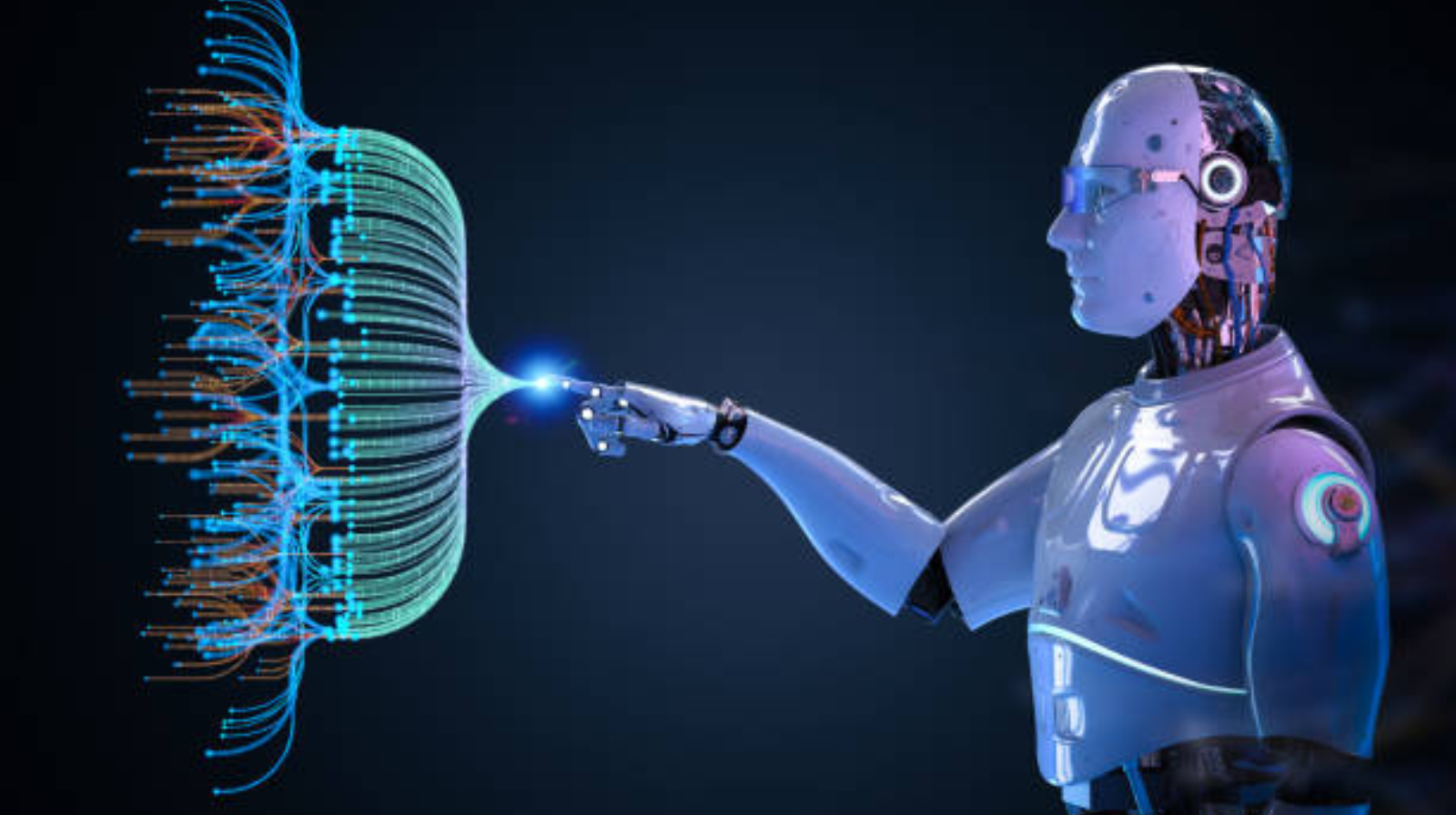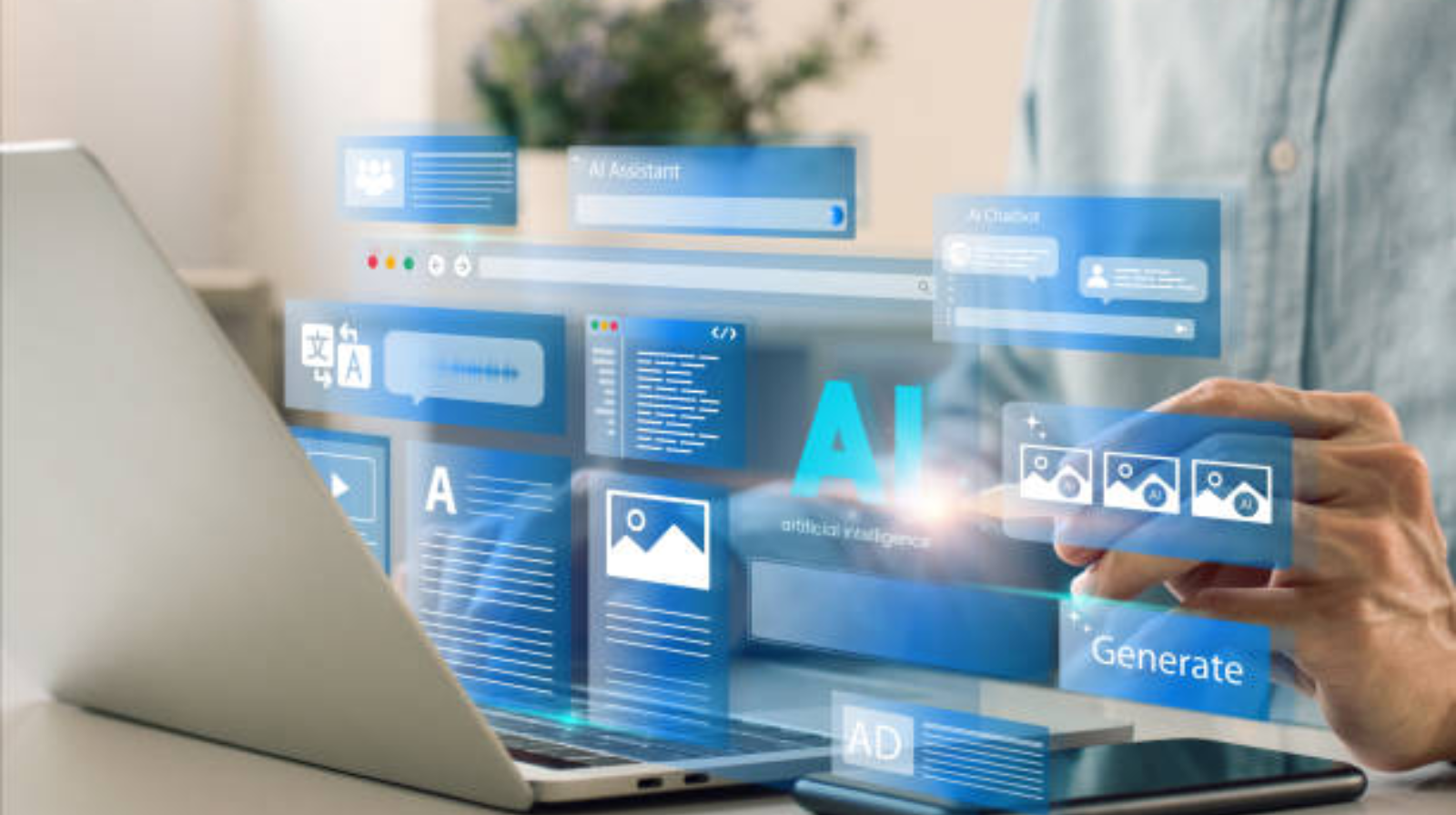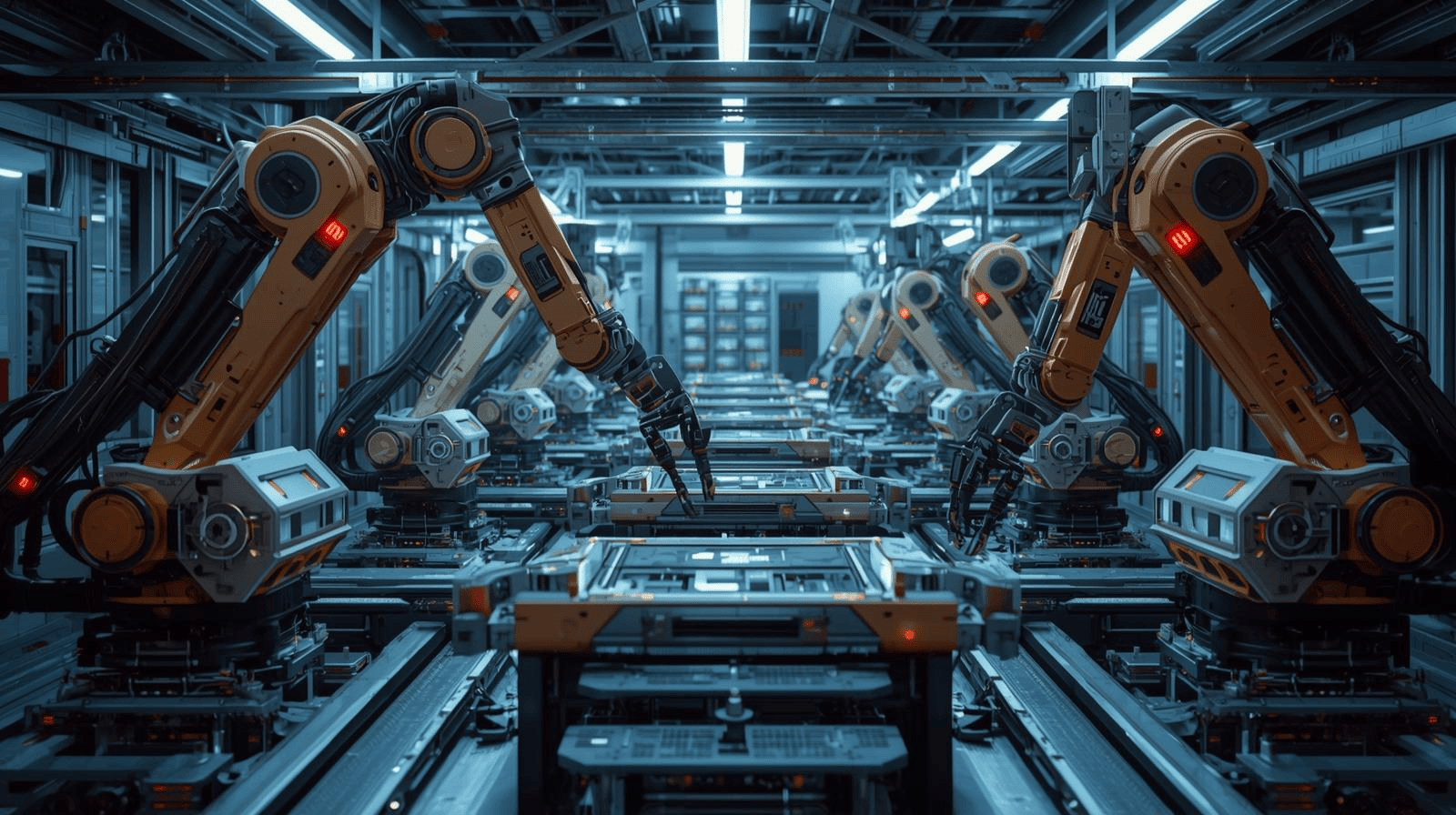
In 2025, artificial intelligence (AI) has gone beyond pilots into routine use in American hospitals. From forecasting which patients are likely to deteriorate, to streamlining administrative functions, to assisting remote monitoring, AI is making healthcare systems safer, more efficient, and better for patients. This blog delves into principal uses of AI in hospitals, the advantages realised and future considerations.
Hospitals are faced with various stresses: staffing gaps, growing expenses, sicker patients and increased demands for quality. AI provides tools that can help clinicians, simplify operations and support proactive instead of reactive care.
Some of the great trends:
According to this outlook, AI is becoming a strategic imperative for hospitals not a mere technological addendum.
The following are the primary methods through which AI is being applied to enhance patient outcomes:
Machine-learning models are being applied in hospitals to process real-time vital signs, laboratory tests, previous admissions, and other information in an attempt to recognize patients at risk of deterioration, or those who are most likely to be readmitted shortly after discharge.
For instance:
Benefit: Early alerting translates to care teams being able to intervene earlier tweaking treatment, ramping up monitoring, conducting outreach post-discharge all of which can result in better outcomes and save lives.
Monitoring devices powered by AI enable hospitals to take watchful eyes past the bedside. Wearables, sensors, and ambient monitoring systems pump data into AI algorithms that raise flags for risk and facilitate early intervention.
Example:
According to a healthcare workforce scan, Houston Methodist Hospital uses a wearable “BioButton” device to monitor patients virtually, enabling remote nursing oversight. American Hospital Association
Benefit: Patients can be monitored in less-intensive settings (even at home), freeing hospital capacity and reducing the chance of unmonitored deterioration.
Radiology and pathology are significant areas for AI deployment. Hospitals are utilizing AI to assist with interpretation of imaging (CT, MRI, X-ray), emphasize findings, triage immediate cases, and standardize pathology readouts.
Value: Accelerated diagnosis, fewer missed diagnoses, more uniform care across clinicians and locations.
Hospitals are using AI-enabled virtual platforms to assist with triage, patient registration, symptom evaluation, and follow-up. These applications assist clinicians and minimize administrative workload.
Example:
Cedars-Sinai’s platform “CS Connect” enabled over 42,000 patients to interact with a virtual assistant for intake and preliminary recommendations, allowing doctors to spend more time on direct care. Business Insider
Benefit: Improved access, shorter wait times, better patient engagement, and more efficient use of clinician time.
Underappreciated, but highly significant: AI is being applied to automate hospital operations — scheduling, supply chain, billing, staff deployment — which secondarily enables improved patient outcomes by limiting error, delay, and waste.
Benefit: With more efficient operations, clinicians have less time spent on non-clinical activities and can concentrate on patient care.
Hospitals are applying AI to minimize variation in care for instance, by detecting where treatment protocols diverge, suggesting standard pathways, and alerting patients who could benefit from evidence-based practice.
Example:
HCA Healthcare noted that AI allows them to minimize variance (variances) in care delivery throughout their system, which enhances overall outcomes. American Hospital Association
Benefit: More uniform high-quality care ensures that patients receive the appropriate treatments no matter which hospital, unit, or doctor they are treated by.
Cedars-Sinai: The CS Connect platform, launched in partnership with K Health, provided virtual care to more than 42,000 patients; 77% of its AI-created treatment suggestions were rated "optimal" (compared to 67% for doctors in that sample). Business Insider
HCA Healthcare: Their innovation in AI-powered safety, standardization, and governance across a sprawling hospital network illustrates how AI adoption can drive system-wide quality improvement. American Hospital Association
System surveys: Hospitals where predictive models were applied experienced readmission rate decreases (e.g., one provider cited a 15% decrease for heart failure patients). Artificial Healthcare
The advantages of applying AI in hospital care are:
These all equate to better patient outcomes: reduced mortality, fewer complications, quicker recovery, and fewer avoidable hospitalisations.
While promising, AI implementation in hospitals also has challenges:
AI in hospital care is only going to continue growing. The main future directions are:
U.S. hospitals in 2025 are tapping more and more into AI as a workable tool, not only as a futuristic concept, to enhance patient outcomes. With predictive risks, augmenting virtual care, automating procedure and standardizing quality, AI is enabling hospitals to meet the dual challenge of improved care and increased efficiency.
Although there are challenges, the momentum is clear: hospital AI adopters who take a thoughtful approach have the power to change the patient experience, enhance safety and outcomes and deliver more proactive, personalised and effective care.

Explore how AI is transforming U.S. industries through automation, generative tools, ethical governance, and innovation shaping America’s digital future.

Discover how AI and machine learning in supply chain and logistics are transforming U.S. businesses through automation, predictive analytics and real-time optimization.

Discover how AI in U.S. healthcare improves diagnostics and delivers measurable ROI through predictive analytics, automation and personalized care.

AI is transforming U.S. app development. American firms use tools like ChatGPT and GitHub Copilot to empower developers without replacing human creativity.

Discover how AI is transforming U.S. manufacturing. Learn which sectors from automotive to aerospace and pharmaceuticals are leading the AI revolution in 2025.